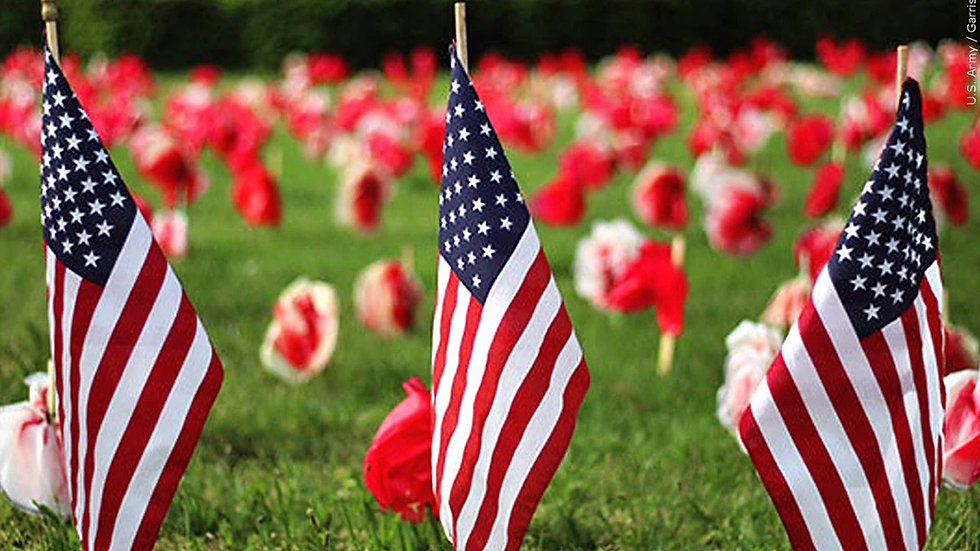Garden Tips and Tricks
- Mar 11, 2021
- 3 min read
Riley Mitchell, Sophomore
Whether you are just starting or have a certified green thumb, there's always room for improvement, starting with these gardening tips and tricks to start off the gardening season. Gardening has been a form for everyone to enjoy the outdoors and create a beautiful garden environment outside, or inside, their homes. There are a bunch of ways to help your garden grow and improve the wellness of your plants. Much of gardening is all in the basics, you just need to know how to start off right.
Make sure to have the perfect location. The location of your garden is everything, somewhere you see every day, a place in your yard where it is visible. This way you are much more likely to spend time in your garden as well as taking care of it. Out of sight out of mind applies here.
Follow the sun. Take note of where the sunlight falls in your yard. Most edible plants need plenty of sunlight in order to thrive. Pay attention and learn about your plants first, each plant is different, and place them according to its needs.

Stay close to water. Nothing is more discouraging than having to lug water over to your plants. Plant your garden near a water source to avoid this, and it makes it much easier to water your plants whenever they are thirsty. The easiest way to tell if a plant needs watering is to stick a finger down the soil about one inch, if it's dry, it needs water.
Consider containers. Whenever you don’t have enough ground space, look to containers. You can grow a variety of plants in pots, vegetables, herbs, flowers, small trees, and shrubs. Use a pot large enough for the plant you are growing; it is important that a plant’s roots have enough space.
Choose the right plants. The plant and the location need to live in harmony. Give sun-loving plants a sunny spot, and large vine plants lots of elbow room. Learn about your plants and your space, give each plant a place where it can thrive. Buy plants that fit your conditions and space as well, don’t force a plant into a place it won’t flourish.
Feed plants regularly. Great soil and plenty of water won’t do justice for your plants if you don’t feed them. Plants need nutrients in order to succeed. Plant food is available at the store or you can learn to make your own at home. Composting is also a great way to provide your plants with the proper nutrients to thrive.
Make a drip feeder using an old soda bottle. Some plants, especially vegetables, enjoy having moisture delivered through the soil at the roots rather than overhead. Take an old liter bottle and puncture holes in it, place the feeder next to the plant underground and fill from the top.
Fork your garden. If you aren’t worried about looks and looking to grow efficiently, place biodegradable forks in and around your garden in order to keep out wildlife and critters.
In order to keep hanging plants moist, place diapers in the bottom of the pot, as the silica in diapers help retain moisture and keeps the plant from drying out. Try sprinkling some fertilizer in the bottom as well to help retain nutrients.
Reuse, reuse, reuse! Anything can become a pot or decorations in a garden. Rain boots, mailboxes, tires and even water jugs. A garden is a place to create life, so try giving old things a new look.
Gardening isn’t about how good you are, it’s about learning and creating. The more you know the more comfortable you get, and the more you can grow. Don’t pressure yourself to create a garden that will keep up with the Joneses but a garden that makes you happy to be in. Create in a healthy way that nourishes our planet and makes a greener world.
Sources:




Comments